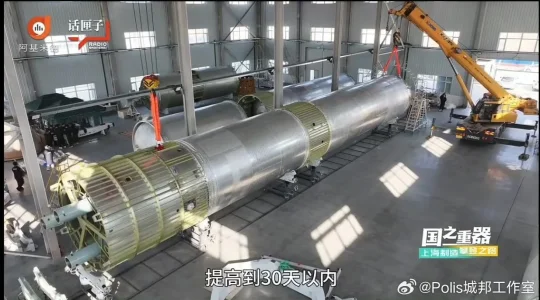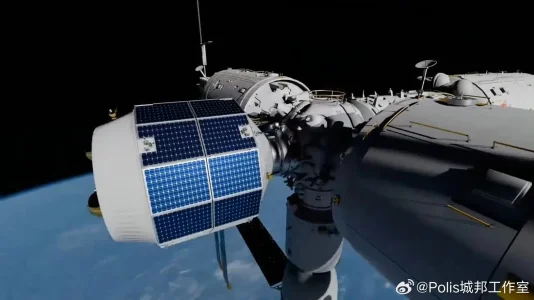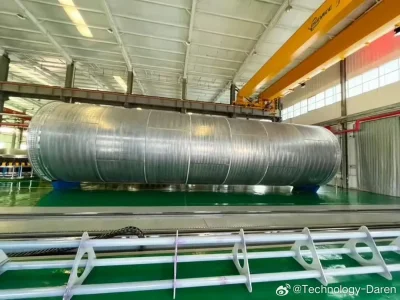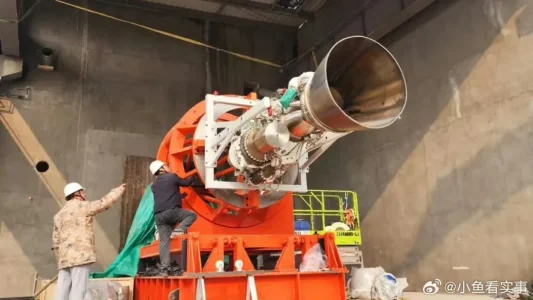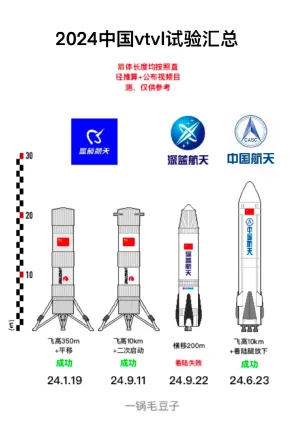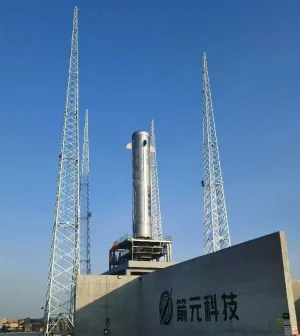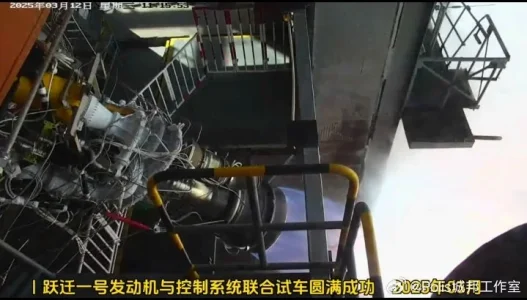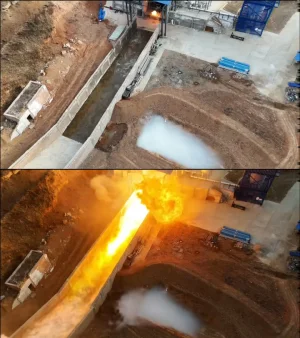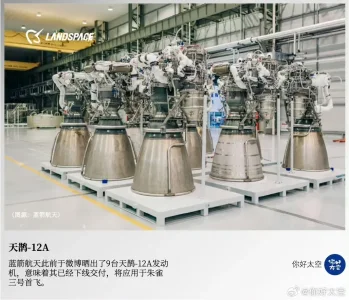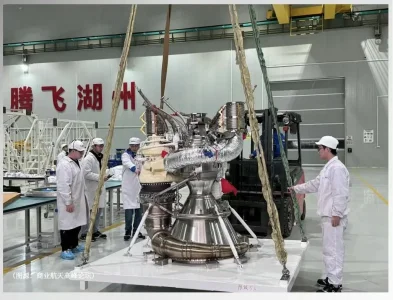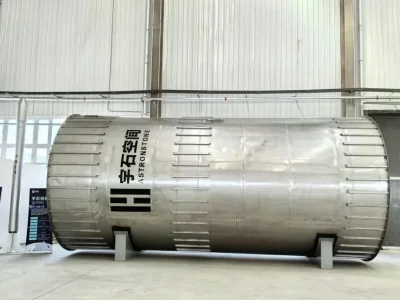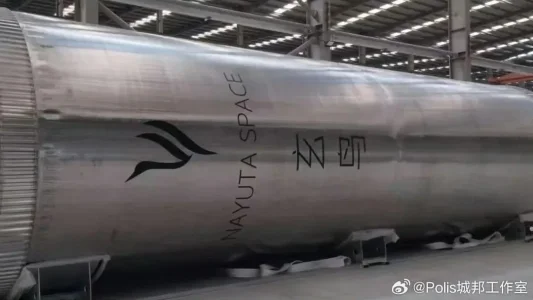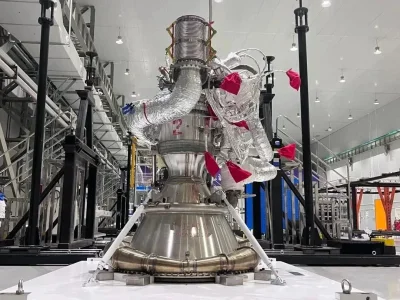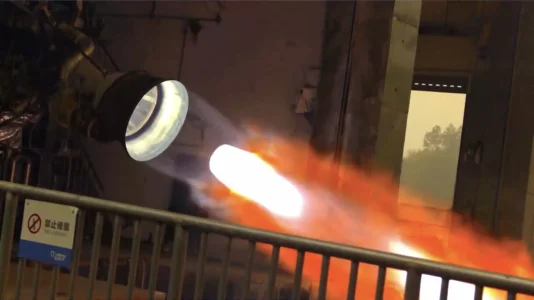China launches TJS-17, expanding classified geostationary satellite series
HELSINKI — China launched Thursday what appears to be the third satellite for a subset of classified, experimental satellites bound for geosynchronous orbit.
A Long March 3B rocket lifted off at 12:47 p.m. Eastern (1647 UTC) April 10 from the Xichang Satellite Launch Center, southwest China. The Shanghai Academy of Spaceflight Technology (SAST), a major arm of state-owned main space contractor CASC, announced launch success within an hour of liftoff.
The launch was anticipated due to airspace closure notices, but the payload was unknown until the SAST statement revealed the mission payload to be communication technology experiment Satellite-15, or Tongxin Jishu Shiyan-17 (TJS-17).
SAST, which developed the satellite, stated that TJS-17 will be “mainly used to carry out multi-band, high-speed satellite communication technology verification.” It published neither images nor technical details of the satellite, following the pattern for all previous TJS launches.
Broadly, the TJS series mainly operates in geostationary orbit (GEO). It is seen by Western analysts as potentially carrying out classified missions including signals intelligence, early warning missions and satellite inspection activities to support the People’s Liberation Army (PLA). China now has 16 main TJS satellites in orbit, with no apparent TJS-8 satellite.
The mission, however, does appear linked to two recent launches: the launch of TJS-15, March 9, also using a Long March 3B from Xichang, and TJS-16 launched via a Long March 7A rocket—seen as the kerosene-liquid oxygen successor to the aging, hypergolic Long March 3B—from Wenchang, March 29. All three of TJS-15, 16 and 17 were developed by SAST.
The TJS-17 mission patch from SAST depicts the King of the North, one of the Four Heavenly Kings; a set of Chinese deities each guarding one cardinal direction of the world. The TJS-15 and TJS-16 mission patches depicted the King of the West and King of the East, respectively. This hints at a possible forthcoming TJS mission to complete the celestial quartet.
TJS-15 is located around 90.3 degrees East, while TJS-16 is located at around 152.5 degrees East.
China launched its first TJS satellite in 2015, with eight launched over the past 18 months. Notable missions include TJS-13, launched in December 2024, joining two other Chinese satellites, Shiyan-10 (01) and Shiyan-10 (02), in a highly elliptical, Molniya-like orbit, and TJS-3, launched in 2018, which released an object which carried out subsequent maneuvers.
China launch plans
The TJS-17 mission was China’s 19th orbital launch of 2025. It follows the launch of four internet satellite test satellites April 1, and a Long March 6 launch from Taiyuan spaceport April 3, carrying Tianping-3A (02) into a near polar orbit.
China could be targeting 100 or more launches in 2025, driven by growing commercial activity, megaconstellation projects, and new launcher development. A number of new, medium-lift and potentially reusable rockets are targeting debut flights this year. Two of these could carry new, low-cost cargo spacecraft to Tiangong space station.
Major missions include the Tianwen-2 near-Earth asteroid sample return and main belt comet rendezvous mission, expected to launch around May, and the crewed Shenzhou-20 and -21 missions to the Tiangong.
